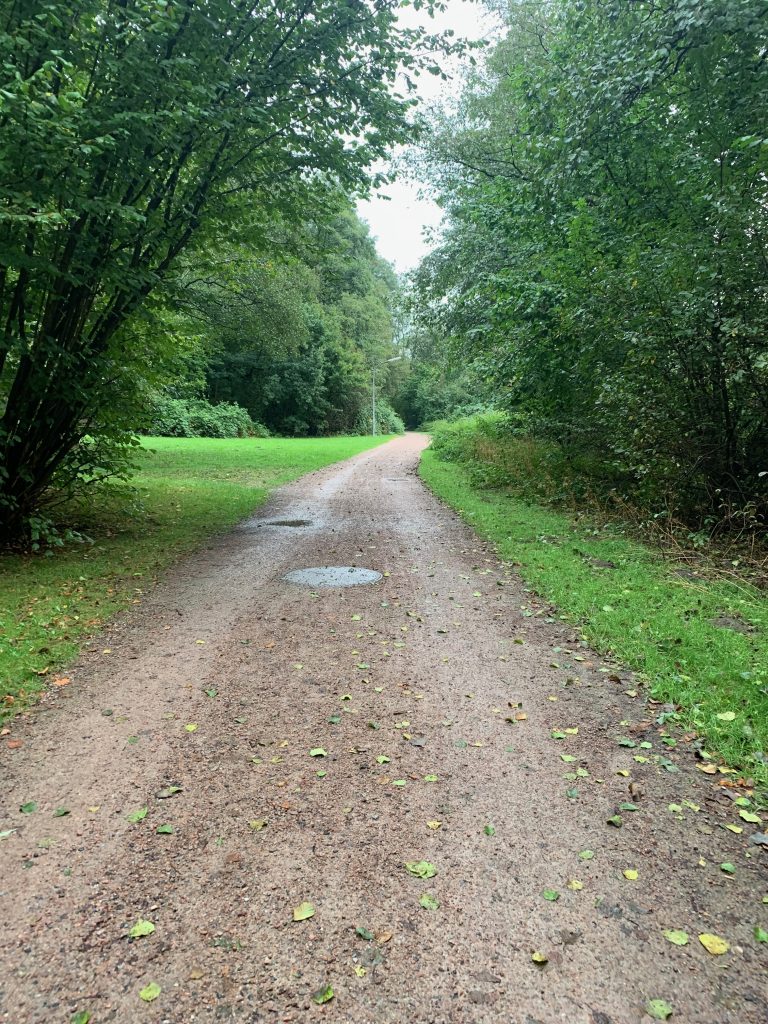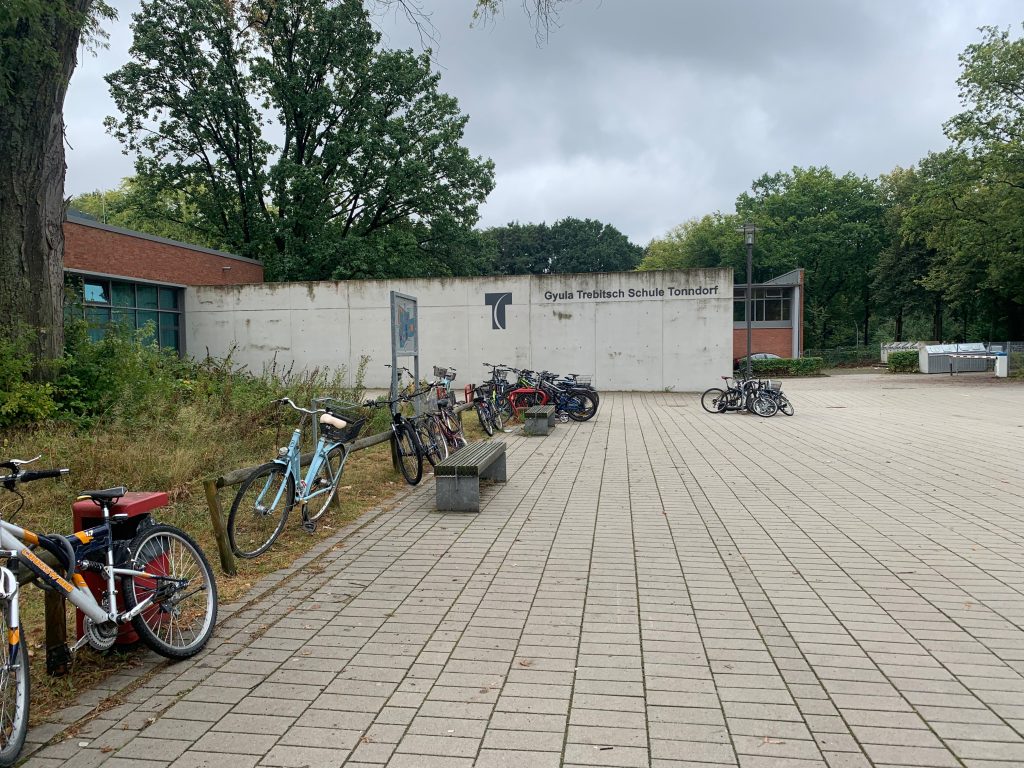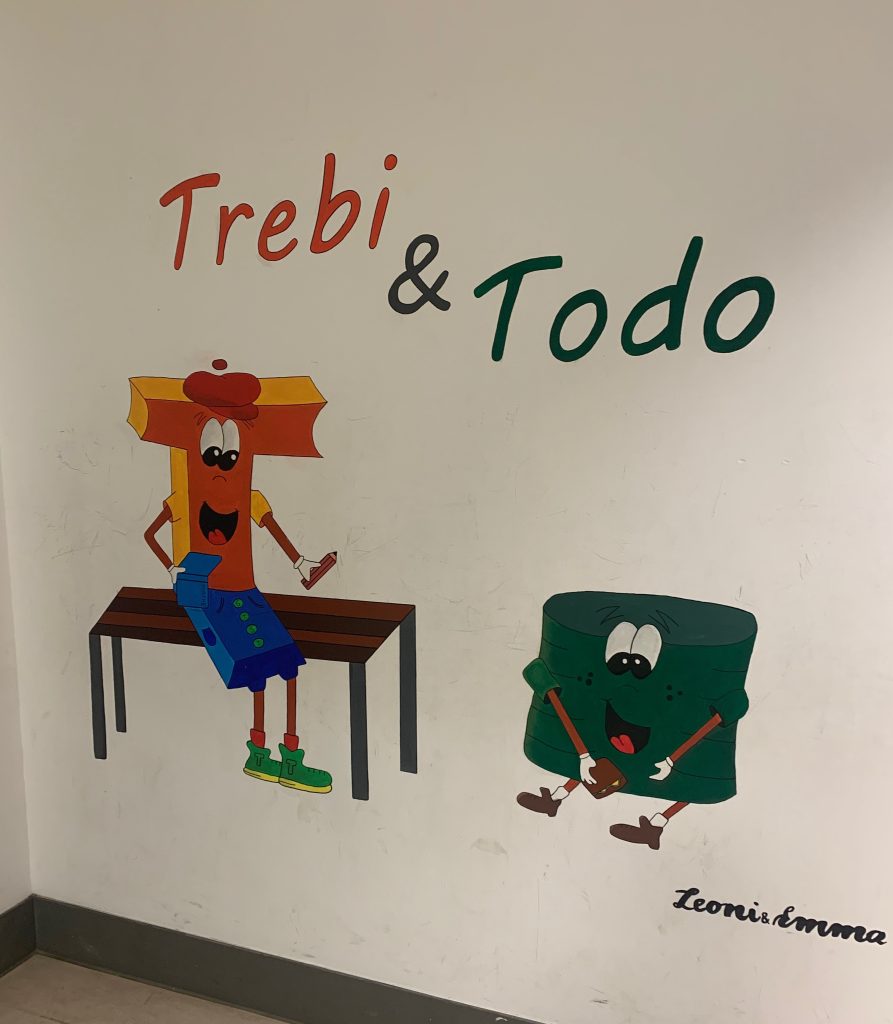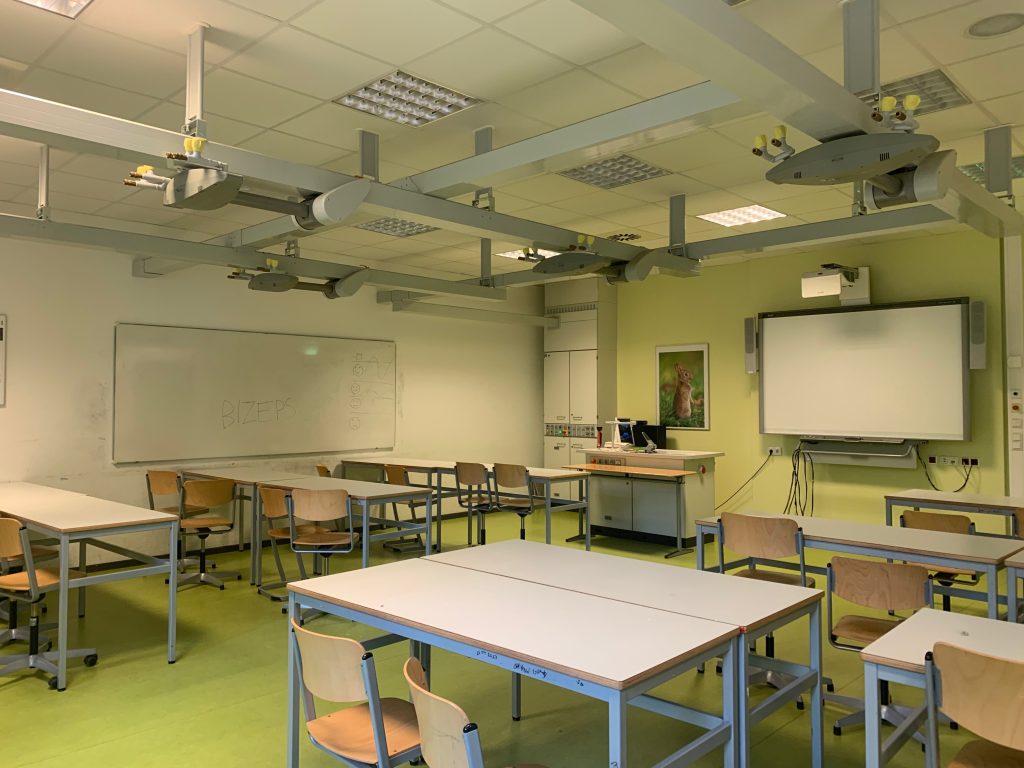
Our first day of school started on a cold and rainy morning, typical of a fall day in Hamburg I was told. A student informed me later in the week that “there is no such thing as bad weather in Hamburg, only bad clothing.” I found this to be the general attitude most people embodied here. While many people I had talked to were not enthused by how rainy and wet the city could get during this time, we continued to see people out and about at all hours, seemingly unperturbed by the cold or rain. (We even saw some restaurants provide blankets for those seated in outdoor patios). No matter the weather, people were eager to seize the day.


Our school, Gyula Trebitsch Schule Tonndorf, is the second-largest public school in Hamburg, with around 1,500 students from Grades 5-13. The teachers and staff were warm and welcoming, and many of the students were curious to learn more about Canada and eager to share their must-see places and favorite things to do in Hamburg. The school itself is comprised of several buildings spread across the grounds, resembling a small university campus more than the schools we were used to seeing in Calgary. In Hamburg, primary school goes up to Grade 4; however, I learned that this isn’t universal across Germany. For example, in Berlin, primary school continues until Grade 6. After primary school, students can enroll in one of two secondary school streams: the Gymnasium or the Stadtteilschule. Our school offered both streams, and we learned that the stream students are enrolled in determines the type of post-secondary options available to them after graduation. In the latter stream (Stadtteilschule), students can take an additional year (Grade 13) to complete their secondary schooling.

Throughout the week, I visited various classes, including English, Social Sciences, and Biology for Grades 6-13. Most subjects (apart from English) were taught in German, though some, like Biology and Social Sciences, offered a bilingual option, which were the classes I observed. Not all classes had a bilingual offering, as this was primarily determined by teacher availability. The teachers also mentioned that for subjects like Biology, which require the frequent use of complex scientific terminology, the bilingual option was less popular among students, leading to smaller class sizes in the higher grades. In these bilingual classes, lessons were primarily taught in English. Students were highly encouraged to speak in English but were also permitted to use German. From asking students to create vocabulary charts with German equivalents for commonly used English scientific terms to explaining concepts in English and switching to German when discussing examples, it was interesting to see translanguaging practices seamlessly integrated into the classroom.